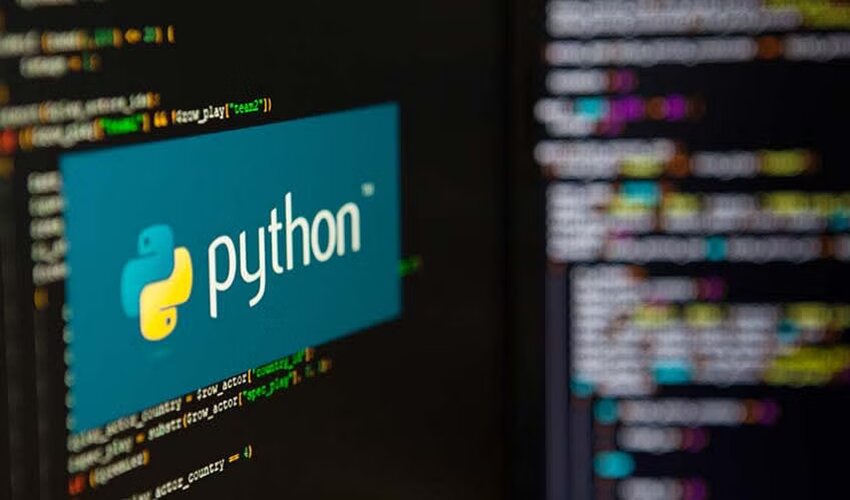Block Comments in Python is the addition of short descriptions along with the law to increase its readability. An inventor uses them to write his or her study process while writing the law. It explains the introductory sense behind why a particular line of law was written. They’re just meant for the coders themselves or other inventors to understand a piece of law, especially since the Python practitioner fully ignores Comments in Python.
Comments enhance the readability of the law and help the programmers to understand the law veritably precisely. It also helps in uniting with other inventors as adding Comments makes it easier to explain the law.
Why Are Comments Important?
Imagine trying to read a book without punctuation, headlines, or any form of association. That is what law would be like without Comments. Comments serve as a roadmap for both ourselves and others who might read our law. They explain our study process, document our intentions, and give clarity to our results.
Then are three crucial reasons why Comments are important
Law Attestation Comments help us flash back why we wrote a certain law, describe what it does, and indeed give operation instructions. This is inestimable when reconsidering law months or times later.
Readability and conservation Well- reflected law is easier to understand, making it simpler to remedy, modify, and extend. It allows inventors to snappily grasp the purpose and functionality of law parts, perfecting collaboration and reducing development time.
Knowledge participating commentary fosters knowledge sharing within a programming community. By opining our law and participating in it, we contribute to the collaborative literacy experience of fellow inventors.
Types of Comments in Python
There are three types of Comments in Python
- Single line Comments
- Multiline Comments
- String Literals
- Docstring Comments
- Single- Line commentary
Python single- line comment starts with the hashtag symbol(#) with no white spaces and lasts till the end of the line.
If the comment exceeds one line also put a hashtag on the coming line and continue the Python Comment.
- Multi-Line comments
Python doesn’t give the option for multiline commentary. Still, there are different ways through which we can write multiline commentary.
a) Multiline commentary using multiple hashtags(#)
We can multiple hashtags(#) to write multiline commentary in Python. Every line will be examine as a single- line comment.
- String Literals
Python ignores the string literals that aren’t assigned to a variable so we can use these string literals as Python commentary.
a) Single- line commentary using string literals
On executing the below law we can see that there won’t be any affair so we use the strings with triadic quotations( “” ”) as multiline commentary.
- Docstring
Python docstring is the string literals with triadic quotations that appear right after the function.
It’s used to associate attestation that has been written with Python modules, functions, classes, and styles.
It’s added right below the functions, modules, or classes to describe what they do. In Python, the docstring is also made available via the, croaker , trait.
Why are Comments Used in Python?
Comments have been an integral part of programming languages, and every language has different ways of using Comments.
Just like any other language, Comment in Python serve following purpose
- Enhance law readability
- Explaining law to other
- Understanding law if studied after some time
- establishing the way and requirements for a function
- participating law with fellow inventors
- uniting with multiple people.
Advantages of Comment in Python
Comment are generally used for the following purposes
- law Readability
- Explanation of the law or Metadata of the design
- help prosecution of law
- To include coffers
- Right Way to Write Comments
- Comments serve the main purpose to explain your law. Developers use healthy comment jotting practice for better understanding of the law.
Some of the point you can follow, to make your Comments effectual are
- Comments should be short and precise.
- Use Comments only when necessary, do n’t clutter your law with commentary.
- Comments should have some meaning.
- Avoid writing general or introductory Comments.
- Write commentary that is tone explicatory.
- We’ve discussed Python commentary, how to write Python Comments, types of comment, what are its advantages and the right way to write Comments.
Do not miss your chance to ride the surge of the data revolution! Every assiduity is spanning new heights by tapping into the power of data. Edge your chops and become a part of the hottest trend in the 21st century.
Dive into the future of technology- explore the Complete Machine literacy and Data Science Program by GeeksforGeeks and stay ahead of the wind.
Summary
Comments are an important element of writing accessible law. The investment you make in writing a comment is one that your future tone — or other inventors who need to work on your law base — will appreciate. opening also allows you to gain deeper perceptivity into your law.
In this tutorial, you ’ve learned further about Comment in Python, including the colourful types of Python Comments, when to use each of them, and the stylish practices to follow when creating them.
